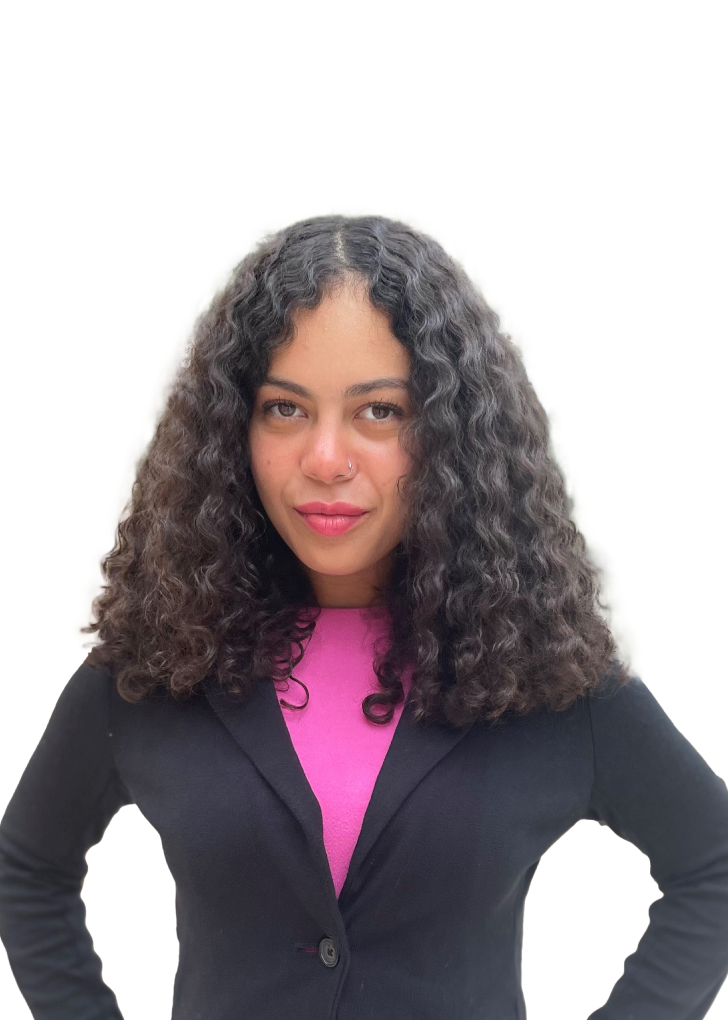Updated: 7:12 a.m. Monday, Aug. 27, 2012 | Posted: 12:00 a.m. Monday, Aug. 27, 2012
Palm Beach Post Staff Writer
More than 3,250 children in Florida’s foster care system were adopted in fiscal year 2011-2012, an 8 percent increase from last year and an indication, child welfare officials say, that efforts to find permanent homes for these children are paying off.
In Palm Beach County, increases were even more dramatic; 153 foster children were adopted in fiscal year 2011-2012, close to 12 percent more than the previous year.
State officials said the launch of Explore Adoption, a website that features foster children up for adoption, along with efforts from local advocates to find homes and families for these children, have led to adoption increases.
The Explore Adoption website, with over 200,000 page views between July 22 and Aug. 23, is the most visited of all sites operated by the Department of Children and Families, agency spokeswoman Erin Gillespie said.
“As we look at those numbers, it’s one of the rare times when we all can stand up and applaud the (child welfare) system,” said Boynton Beach attorney Amy Hickman, who sits on the board of the Florida Adoption Council and other statewide advocacy groups. “It may not be 100 percent right, but they did it better this time than last time. What more can we ask for?”
But Hickman and other child advocates cautioned that despite the desire to place every adoptable child in a home, finding the right fit between children and their new families is key and shouldn’t be rushed.
“I think that we have to balance the need to find permanency with the right permanency,” she said.
If a child exposed to abuse or neglect is rushed to be placed with a family and that family is not prepared to deal with these issues, “that could cause so much damage,” she said.
“It’s definitely a challenge, because you are taking a child that already has a set amount of experiences, and some of those can be really bad,” Hickman added.
Christina Spudeas, executive director of Florida’s Children First in Coral Springs, said that while increasing adoption numbers are always welcomed, DCF’s latest data does not factor in “rushed adoptions,” a term she uses to describe a situation when a child is placed in a home too quickly and, when the family is unable to meet the child’s needs, he or she goes back to foster care.
DCF keeps track of adoption dissolutions every year. For fiscal year 2010-2011, the most recent data available, there were 45 adoption dissolutions, meaning an adopted child will eventually return to the foster care system. DCF officials said these dissolutions were not from adoptions finalized that fiscal year; dissolutions usually occur about five years after adoption, mainly because of behavioral and mental health issues that appear when the child becomes a teenager.
Spudeas also said Florida needs to improve its post-adoption services — mental health and counseling for the child and adoptive parents — as well as increase efforts to get more older children adopted. Historically, Spudeas said, infants and young children are easier to place with a family than teenagers.
State officials should also be on the lookout for “serial adopters, people who adopt many, many children who don’t continue to parent after age 18.”
“We see too many children that are kicked out at 18 when the (state subsidy) ends. We need more commitment from parents to continue to be real parents,” Spudeas added.
But the rewards of offering a distressed child stability and love can, in some cases, compensate for the difficult times, she said.
“It’s so rewarding to know that you as a human being can leave your footprint by providing a loving home to a child that doesn’t have one. It takes a special person to do that,” she said.
Currently, about 750 of the 7,931 children in foster care are available for adoption and do not have a family identified. That number is down from 850 about 18 months ago, according to DCF records.
Gillespie said that while it is DCF’s goal to place every child in a permanent home, issues such as the health or emotional needs of a child or if a child has multiple siblings can make it difficult for some kids to find a family.
“We work really hard and we know that there is a family for every kid. We just have to keep looking,” Gillespie added.

